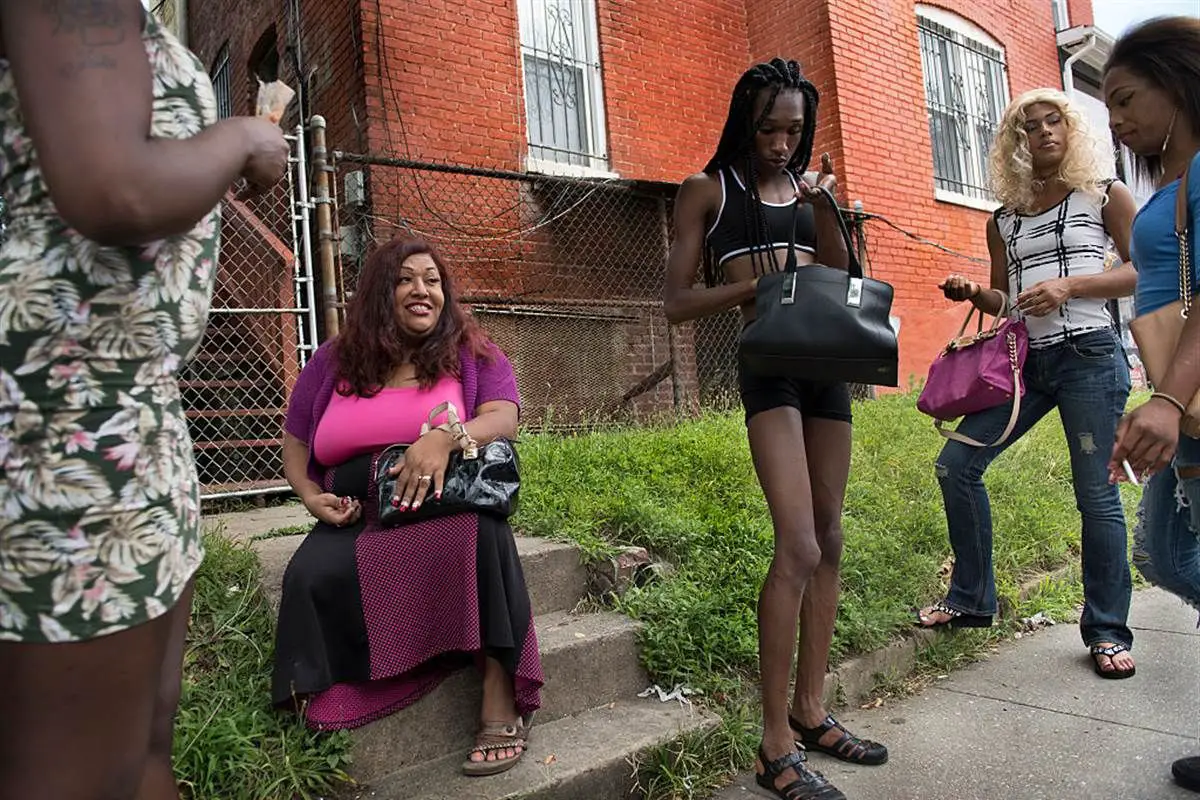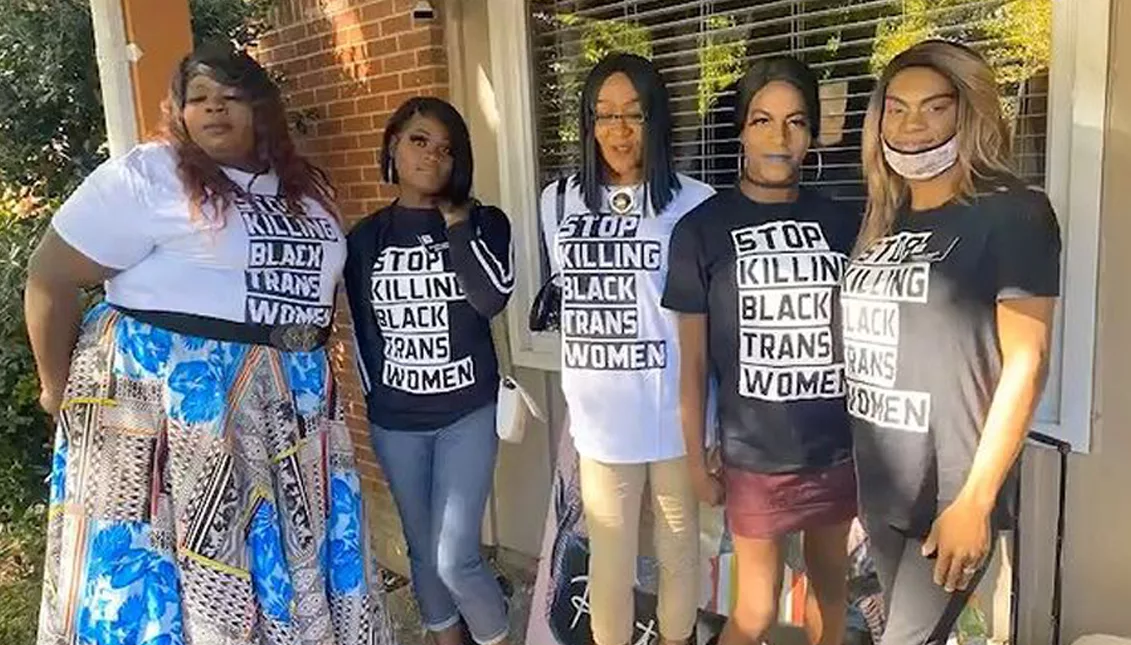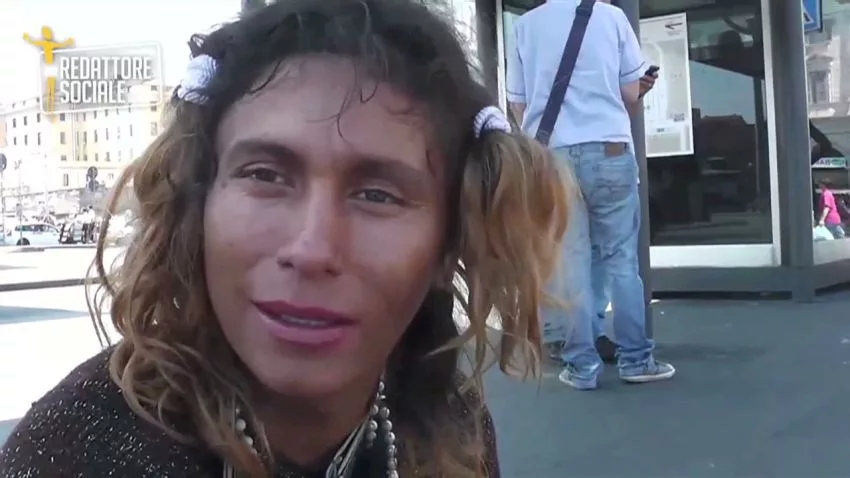Homelessness is a critical issue affecting various communities, but one group that faces unique challenges in this regard is the transgender population. Recent data reveals alarming trends and underscores the urgent need for targeted support and interventions.
Escalating Numbers and Shelter Shortages
Data from the Point-in-Time Count (PIT) indicates a sharp increase in homelessness among transgender individuals. Since 2016, there has been an 88% rise in transgender adults experiencing homelessness, with a 113% increase in those unsheltered. Notably, 63% of transgender homeless individuals are unsheltered, compared to 49% of their cisgender counterparts.

Heightened Vulnerability
The Vulnerability Index and Service Prioritization Decision Assistance Tool (VI-SPDAT) sheds light on the heightened vulnerabilities of unsheltered transgender individuals. They face greater challenges across various domains, including health and safety, compared to those who are sheltered. The data reveals significant disparities in terms of physical, mental, and substance use disorders, as well as interactions with medical and criminal justice systems.
Racial Disparities
Limited data on racial and ethnic groups within the transgender homeless population shows that both Black and White transgender individuals face severe health and safety issues. However, Black transgender people experiencing unsheltered homelessness have more interactions with emergency services and the criminal justice system than their White peers.

Health and Safety Challenges
Unsheltered transgender individuals face a myriad of health and safety challenges. They are more likely to suffer from chronic health issues, mental health problems, and substance abuse. Additionally, they are at a higher risk of engaging in risky behaviors and are more vulnerable to hate crimes and violence.
Systemic Barriers and Discrimination
Transgender people often struggle to access shelters, partly due to discrimination based on their gender identity. This lack of access exacerbates the health risks and vulnerabilities associated with living unsheltered. Furthermore, they are more likely to be victims of crime and have higher interactions with the criminal justice system, which may be attributed to the criminalization of homelessness or the risky behaviors they are forced into.

Conclusion
The homelessness crisis among transgender individuals is a pressing issue that requires immediate attention. The data underscores the need for homeless shelters to accommodate transgender individuals in accordance with their gender identity and provide them with necessary services. Addressing their unique challenges is crucial for ensuring their safety, health, and well-being.